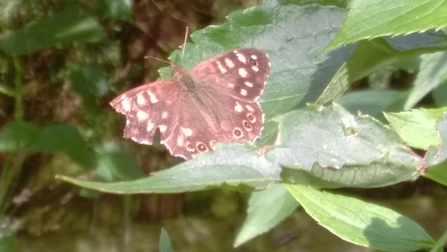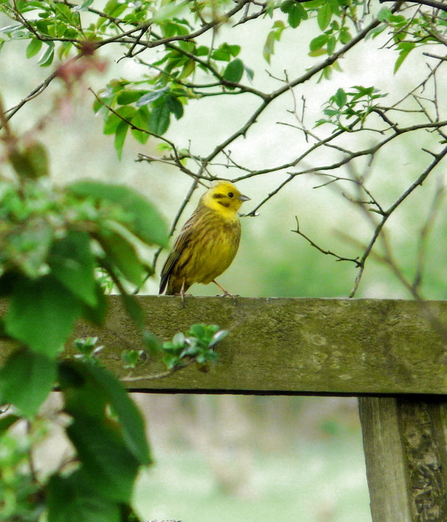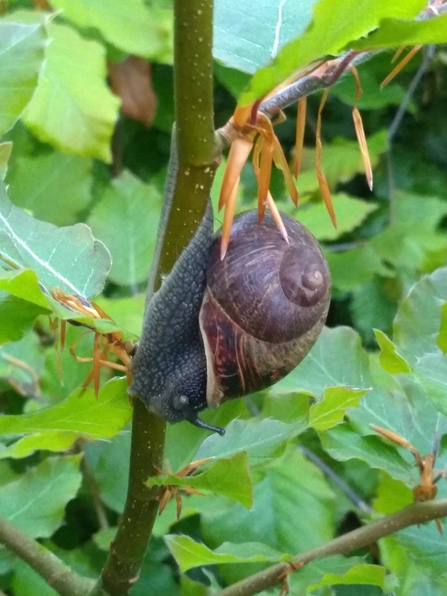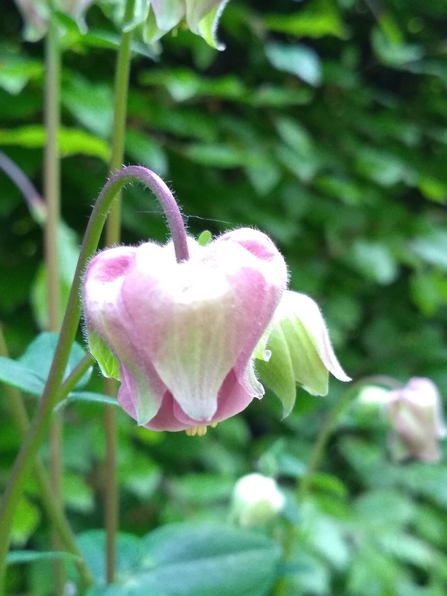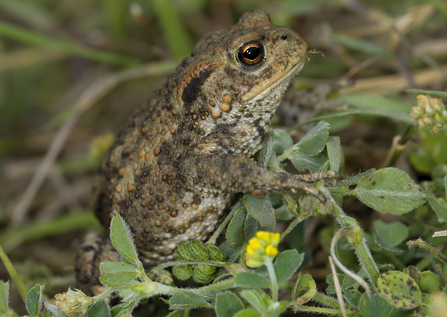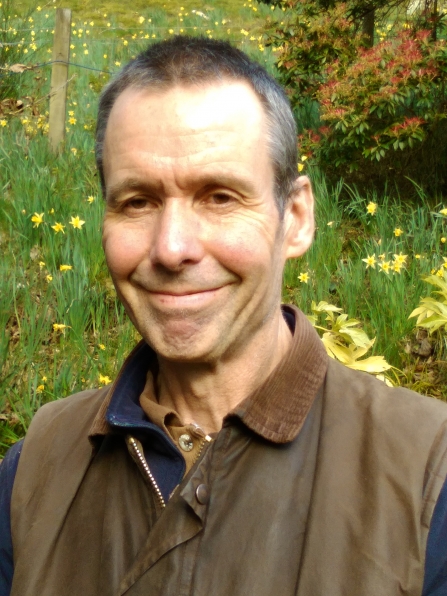It's when you really start to delve within that you realise just what a diversity of wildlife you are likely to find. I would describe it as an esoteric subject. Garden hedgerows are richer for all forms of wildlife if left just a bit to their own devices!
If studied at close hand, the organic matter content in relation to the topography within a hedgreow can house a diverse range of insects, not to mention the amphibians such as frogs, toads and newts, reptiles such as slow worms, and of course the fast-declining beautiful hedgehog. Hedges can also be inhabited by 80% of woodland birds, and 30% of butterflies.


